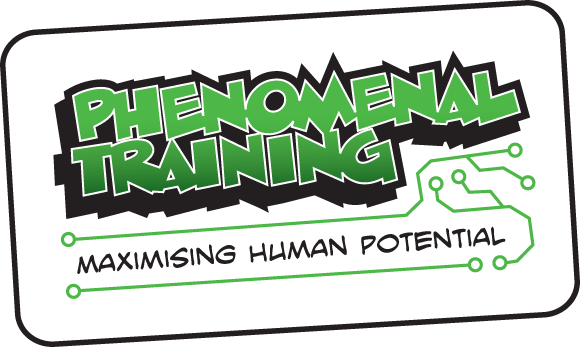In the Age of AI we accept that robots, superintelligent machines and algorithms will become a standard part of the workplace. When considering senior management though, most people will still picture a living, breathing human in the corner office (albeit usually a white, male one, but that’s a whole different conversation…)
There are of course natural “weaknesses” to a human leader; inconsistency, emotionality, self-serving actions and grumpiness to name but a few. So why couldn’t they be replaced by AI as well? Being a direct report to a machine may seem far-fetched, but beta-test phase RoboBosses are already here! Bring to mind your least-favourite manager from your own career, and list the things that really annoyed you about them. How much of this list would be eradicated if the boss in question had been a RoboBoss? They would show none of the human weaknesses and frailties, and would have been consistent and predictable.
So, could a robot leader ever be preferable to a rubbish/mediocre boss?
Of course, with most large organisations using competency frameworks to clearly define effective leadership traits, this could serve as an ideal instruction manual for the programmers. (Suddenly my work in the early 2000’s developing competency frameworks has taken on a whole new meaning.) I observe that the majority of managers are motivated, intelligent, and want to do the best for their teams – they’re just so wired trying to focus on the output that considering the input only happens in moments of downtime.
So what could a switched-on leader be focusing on now, in light of the huge tech advances on our way, to make themselves future-proof? In a way that doesn’t cause you a system crash; for Personal Resilience will be key for maintaining a life that works for you, as a real human.
Firstly, let’s consider the concept of a “great leader”. In response to the age-old question ‘are great leaders born or made?’ I like the nature/nurture explanation of “nature loads the gun, nurture fires the bullet”. And in practical terms, I think it is worthwhile considering the element of situational context.
Churchill was said to be an inspiring leader in wartime but less so once normality resumed. Tony Blair engaged the electorate in a way that had not been seen in a decade, but a decade on, many have been left feeling fully enraged. There will be myriad reasons why, but it does lead one to think that perhaps the style of leadership that is effective in a certain set of circumstances, is less so in another.
The UK economy is living in uncertain times. The leaders and managers that I work with take hope from the idea that a phenomenal leader is one who adapts and flexes their style depending on the needs and demands of the situation.
I am a great believer in the Situational Leadership Model developed by Ken Blanchard and Paul Hersey in the late 1960’s. Our world in 2016 is staggeringly different, but the framework still works in most environments for those in leadership positions looking to create enviable workplaces. The reason for this longevity; human nature doesn’t really change that much!
In short, the model defines 4 quadrants of leadership style: Directing, Coaching, Supporting and Delegating. I am particularly interested in the idea of the space given between the leader and the team.
From a chronological point of view the model suggests that an enviable leader will at first provide lots of direction and guidance with a new starter, and then ease the reins and create distance over time as the new team member gets to grips with their new job. Straightforward enough; we would intuitively give more attention to someone on their first morning compared with six months on.
But what about in times of emergency? As the world opens up new trade pathways, the metaphor of flying a plane seems apt. The Delegating style that may have been appropriate when there were no headwinds may be less so if that empowerment and freedom could be perceived as careless or reckless.
The ‘come to me when you need me’ approach can make that distance appear as a gulf rather than a bridge. This is when the Directing style needs to briefly show itself again, even with most established team. Regardless if someone is a frequent flyer or first time in the air, when the turbulence kicks in, we need reminding of where the exits and oxygen masks are. We need to know that there is a captain who is clearly and confidently heading to the destination. To remind us to keep calm, breathe and focus on reaching a safe destination.
So as a leader, turn your radar on and do a weather check on the situation. Hone your Mental Presence. Is your style appropriate to what is required? Do you need to close the distance or create space? Please consider this; an AI boss would not be able to read your team and respond in the way you can with your Emotional Intelligence, so capitalise on this precious Human Skill.
An AI RoboBoss would certainly be better than a lazy, cruel, disengaged human one, but for empathy, imagination, and inspiration, which are sorely needed in today’s climate, we need phenomenal human leaders.
The robots are coming; look busy!
Laura x
If you think you need some support in becoming a Phenomenal Leader, you can enhance your EQ and upgrade your humanness at a WishFish workshop on emotional intelligence and personal resilience. Please email Gail (she’s human) on info@wishfish.org.uk for more information.
[wp_sitemap_page only=”page”]





Leave A Comment